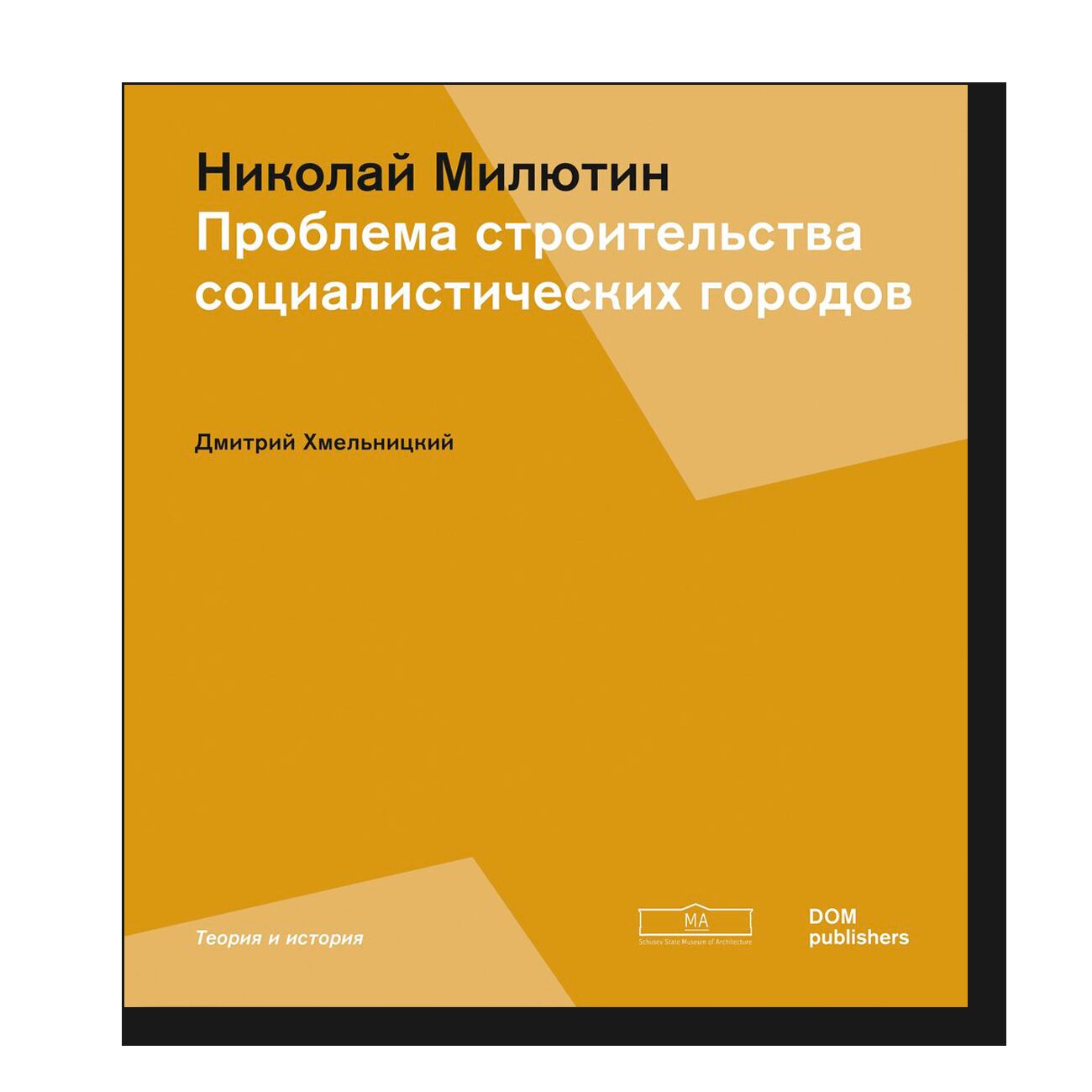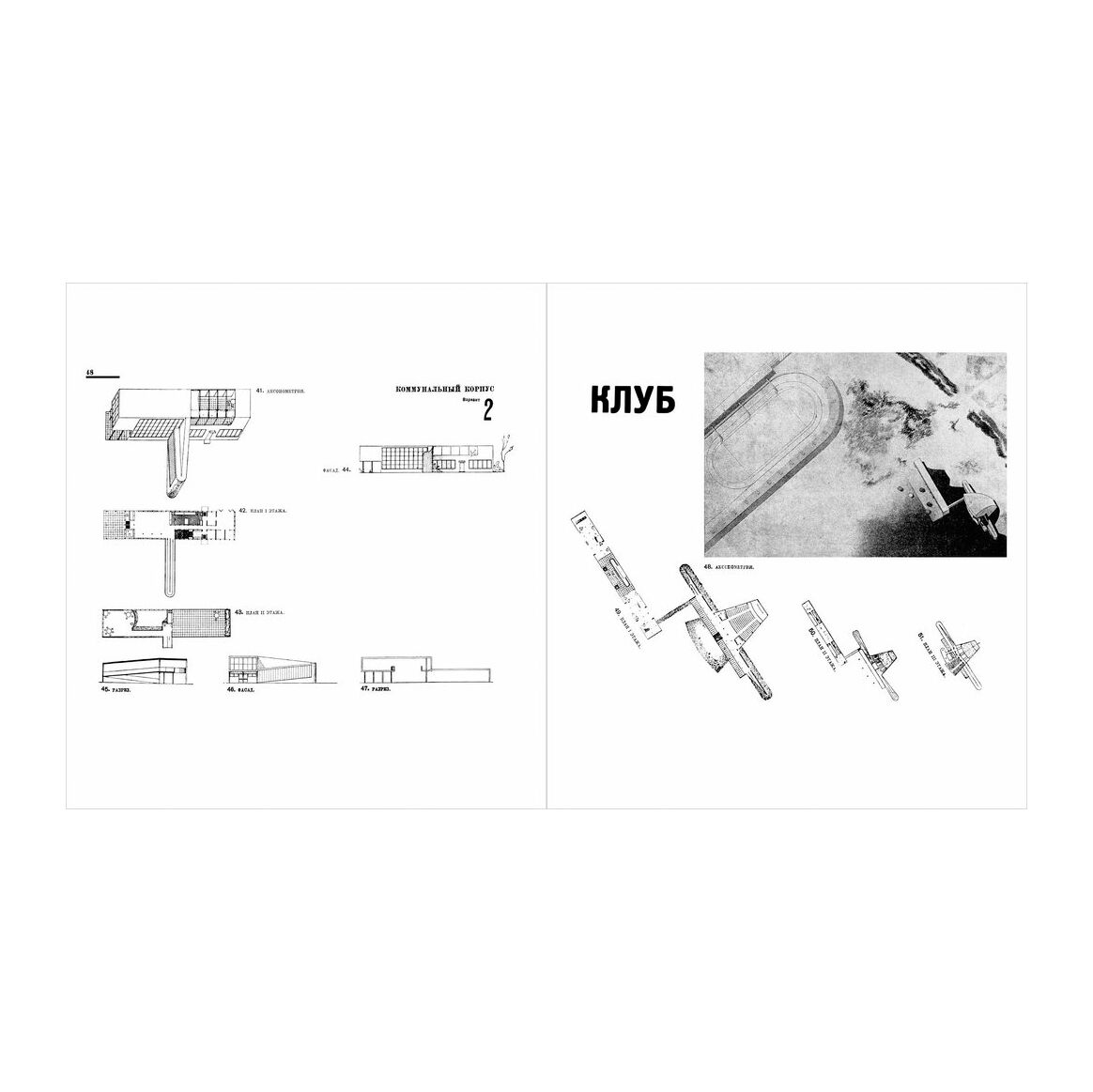Sotsgorod: The Problem of Building Socialist Cities
- Year: 2020
- Language: Russian
- Publisher: DOM Publishers
- ISBN: 9783869226422
- Cover: paperback
- About the Book
Many writers, discussing questions of contemporary construction in the USSR, confuse two issues: the building of dwellings at the present time (a period of transition to socialism or of the beginning of socialism) and the planning to be done at a more distant date in the period of a fully developed socialist or even communist society. This leads them into two kinds of errors. On the one hand, they do not take into account the great progress in technques and transportation which will have been made in the future, but instead carry over into the future the same handicaps which we so keenly experience in the present; as a result of this their picture of the future assumes a dim and miserable character (for example, they retain in the socialist era the same crowded living conditions in dwellings which we, due to insufficient means, have to accept in the present). On the other hand, in planning for both the present day and the near future, they make demands that cannot be fully realized at present (for example, the immediate and complete collectivization of life, the elimination of the family, etc.). Comrade Miliutin’s book does not suffer from these drawbacks. He says nothing about the far distant future. He is only interested in those questions of constructions that are before us at the present time. “In order to establish new principles for the residential sectors of Soviet settlements for our transitional epoch,” he writes, “we must first enunciate clearly those problems which will present themselves in the immediate years ahead.” This clear distinction between the building of the near and distant futures saves Miliutin from a number of the mistakes of those visionary and fantastic projects of which many have been guilty in their discussions on the subject of planning during this past winter 1929-30.
The second outstanding feature of N.A. Miliutin’s book is the author’s solid knowledge of the subject at hand. He presents the questions under discussion not in a general way, not as bare theoretical plans, but practically, accompanying his presentation with a number of examples and plans taken from actual life. This aspect further enhances the interest and usefulness of the volume.







